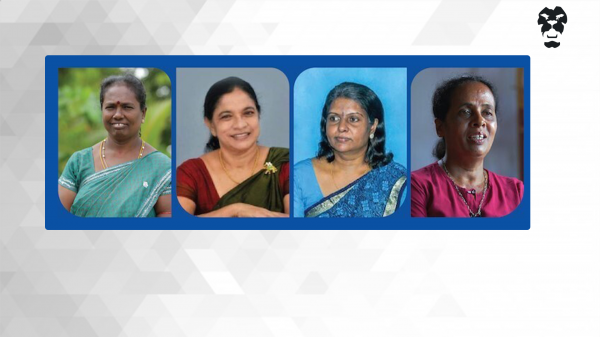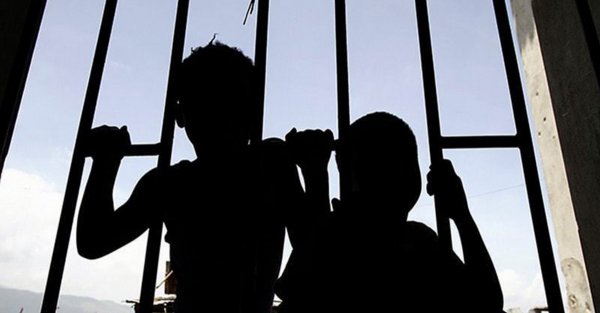.jpg?w=1200)
There are years that are defined by singular events: watershed moments that are deviating points at which life did not transpire as planned. These years are regarded as pivotal in history — years during which wars began, or wars ended, new fissures erupted or a calm sets in. And 2020 will join this list, but not just for Sri Lanka but the world over.
Twelve months and twelve photographs; the following images in this collection, capture some of the most decisive moments that made this year.
January: Thermal Scanners
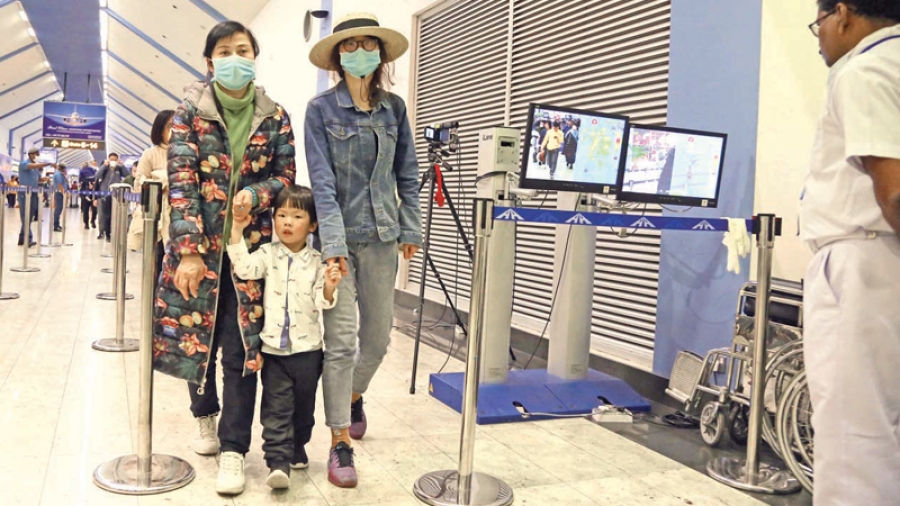
Sri Lankan authorities were put on high alert about the novel coronavirus as early as when it was first detected on 31 December 2019, and moved swiftly to learn more about, and manage, any possible fallout.
One of the first steps it took was to install three thermal scanners at the Bandaranaike International Airport (BIA) that carried out temperature checks on arrivals to the country. It also established a national action committee to manage the novel coronavirus — that was later named COVID-19 — as well as made moves to repatriate Sri Lankans stranded at the epicenter of the outbreak, in Wuhan, China.
It was this swift response that saw the identification of the first COVID-19 case in the country on 27 January, when a Chinese tourist tested positive.
February: ‘The Kiss’
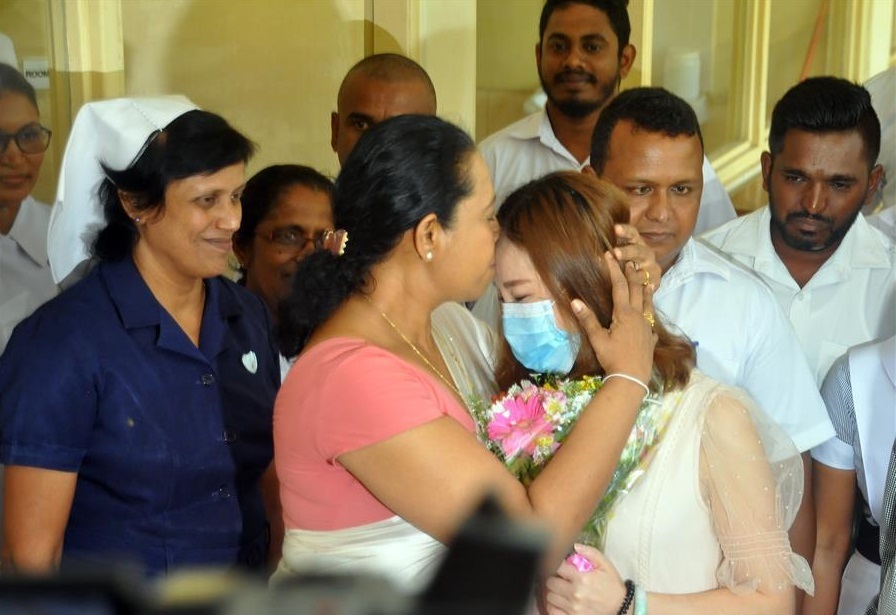
The first COVID-19 patient to be identified in the country — a 43-year-old Chinese tourist — underwent the recommended two weeks of treatment at the National Infectious Diseases Hospital (IDH) in Colombo, successfully recovered and was discharged with much fanfare.
Her recovery was hailed as a shining example of efficient management of the disease, and this particular photograph of the Health Minister Pavithra Wanniarachchi kissing the recovered patient’s forehead at an event held to mark her recovery gained widespread attention.
March: The First Lockdown
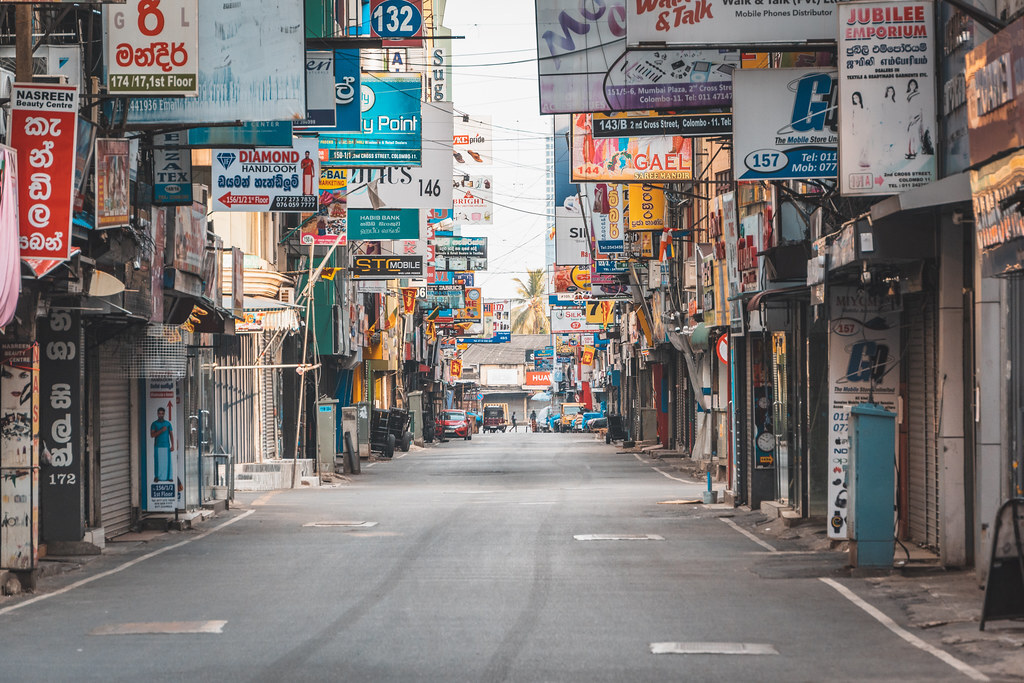
It was in March that the pandemic really made its mark in Sri Lanka. The first Sri Lankan — a 52-year-old tour guide — was diagnosed with the virus, as a result of which the government moved to swiftly enforce a quarantine curfew in almost all parts of the country. Most of the country was reduced to a ghost town in a matter of days.
March also recorded the first COVID-19 casualty in Sri Lanka: the deceased was a 60-year-old male from Marawila, Gampaha who died of diabetic conditions, and multiple organ failure as a result of the virus.
April: More COVID-19 Clusters
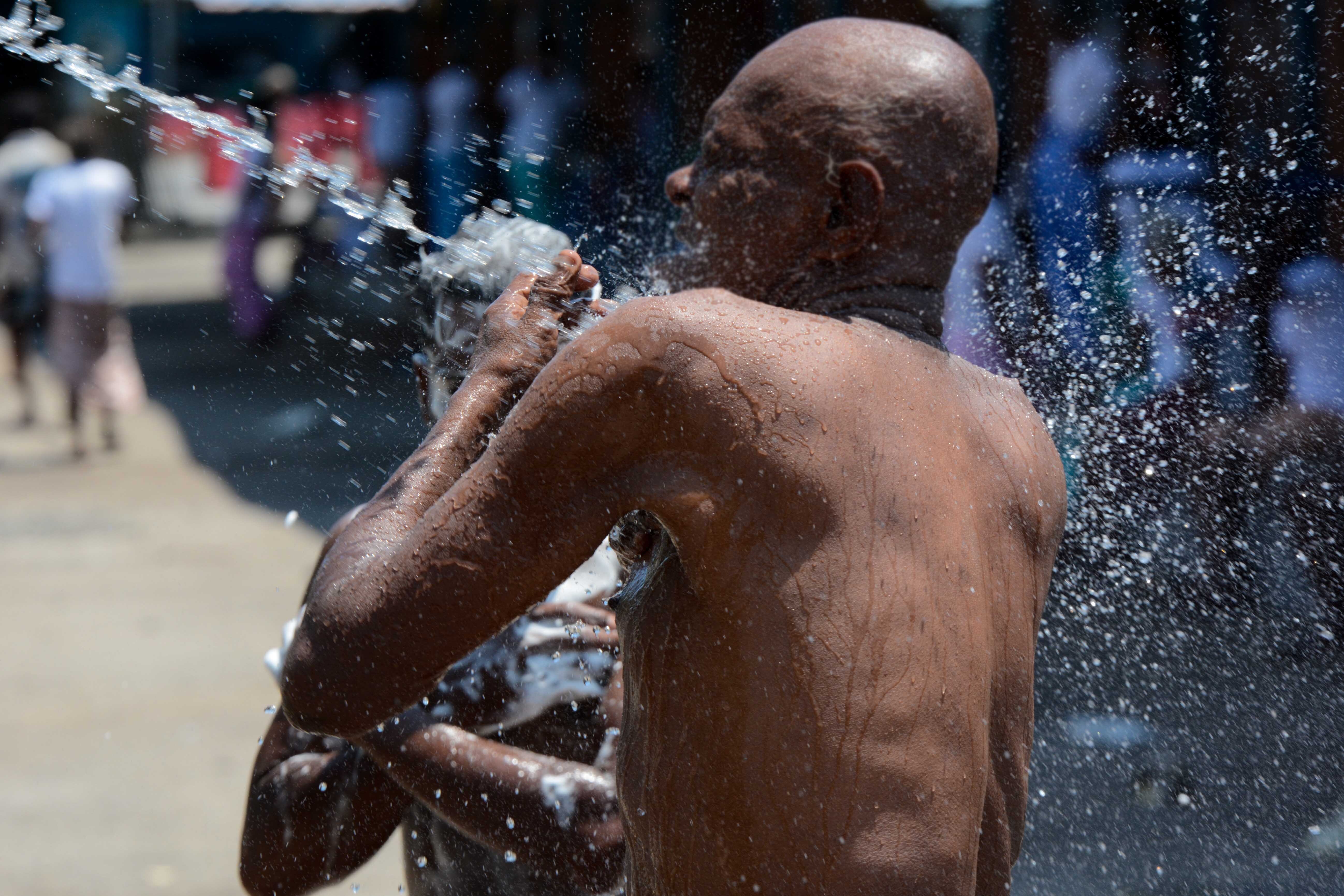
COVID-19 cases continued to increase in the month of April, and with it, the discovery of three separate patient clusters; the homeless in Colombo, the Suduwella cluster (where a group of six who had been in contact with a COVID-19 patient, disregarded instructions to self-quarantine and acted as vectors for the virus and the Navy cluster, when a sailor who was deployed to round up those evading quarantine in Suduwella, Ja-Ela, contracted the virus). The government clamped down hard in its efforts to manage and mitigate the damage that could have been caused by the virus. This included rounding up the homeless — pictured above — for mandatory quarantine. Many of them tested positive.
May: A Stampede
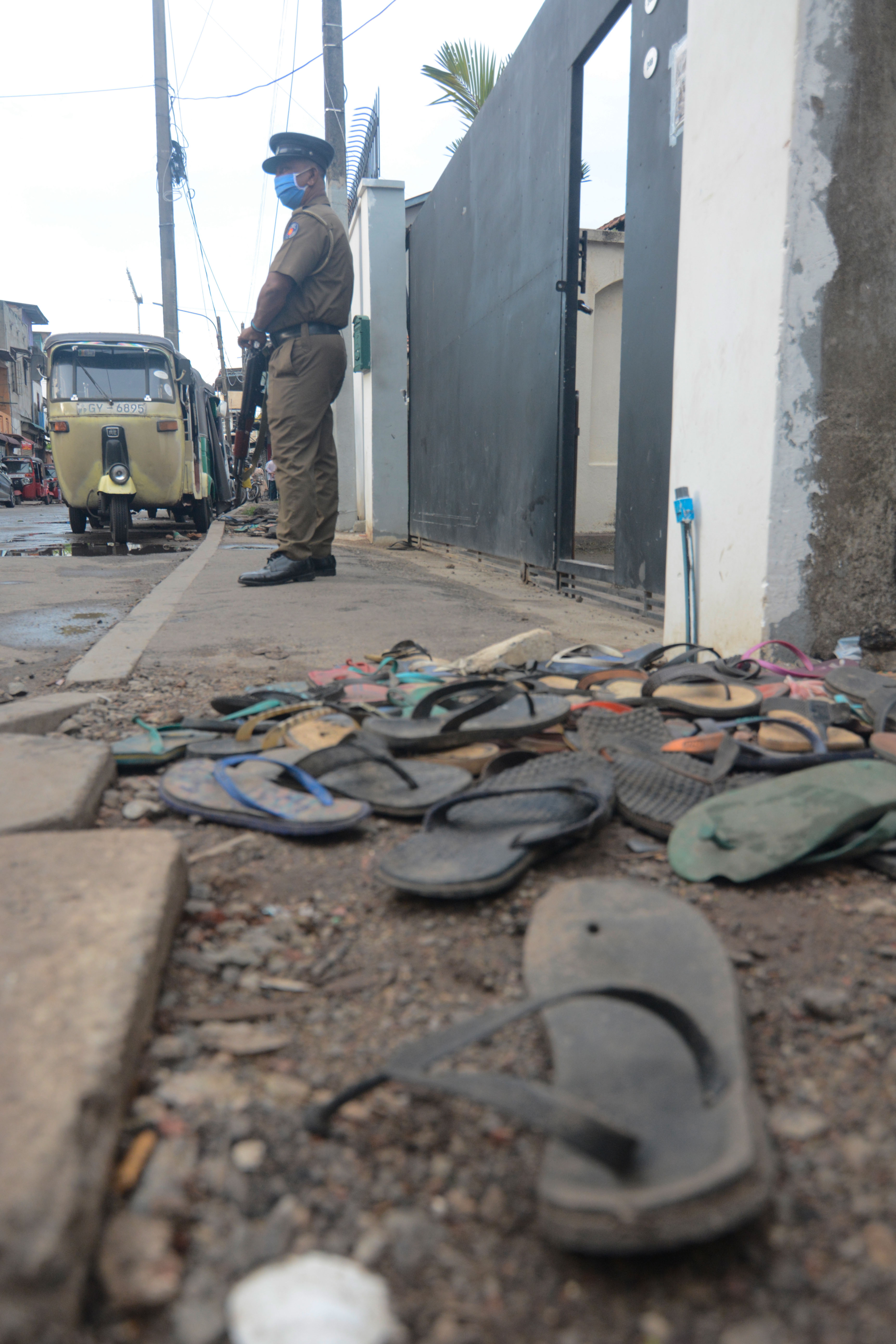
Many called the pandemic a ‘great equaliser’. However, in reality, the virus exacerbated the economic divisions that already existed between the affluent and those without: While the affluent leant towards introspection at this time, the less affluent found themselves struggling to live.
This photograph shows slippers outside a warehouse in Colombo, where three women died in a stampede while waiting to receive aid from a private donor. The programme had been organised even while quarantine curfew was implemented in Colombo, and was a reflection of the desperate situation faced by many.
Later in May, the government enforced lockdown was lifted. It had been three months since it was first implemented.
June: An Underwater Museum

In June, Sri Lanka opened its first underwater museum in coastal Galle. The museum was designed and created by the Sri Lanka Navy, utilising various sculptures and other artifacts, and is to serve as an underwater structure that will enable the development of marine life in areas with a generally featureless bottom, as well as to control erosion, block ship passage, block the use of trawling nets, or improve surfing.
July: A Return To Normal Life
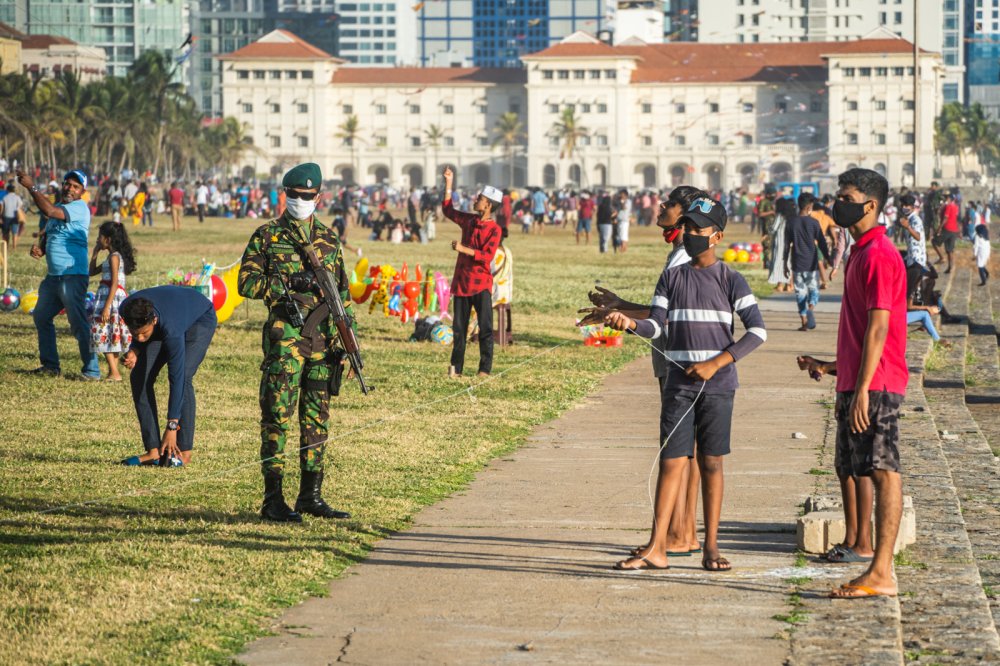
With the government enforced lockdown being lifted in the country, life seemingly returned to a much anticipated normalcy by July. The lockdown -fatigued crowds began returning to their usual public haunts, as seen in the photograph above, even as security personnel continued to oversee public health safety following stringent health regulations.
August: An Election
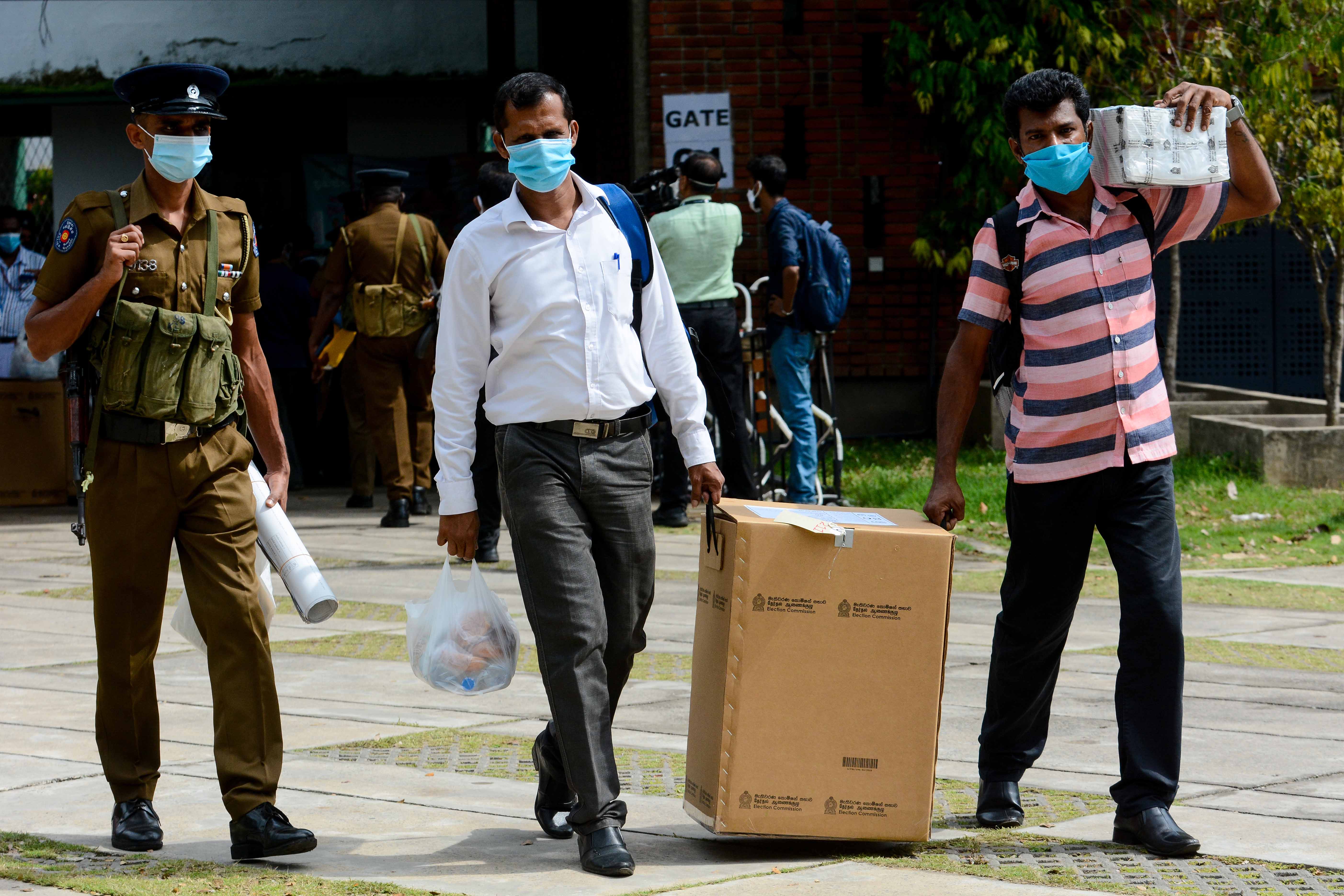
Following the Presidential victory in November 2019, newly elected President Gotabaya Rajapaksa vowed to hold parliamentary elections in the first quarter of this year, so as to bring in several changes to the administration, including a constitutional amendment. However, due to the circumstances brought about by the pandemic, the elections could not be held as planned. After having to postpone it twice, the Election Commission of Sri Lanka announced the General Election to appoint the 16th Parliament of the nation. The election was held on 5 August without a hitch, and saw the victory of the Sri Lanka Podujana Peramuna (SLPP).
September: A New Parliament
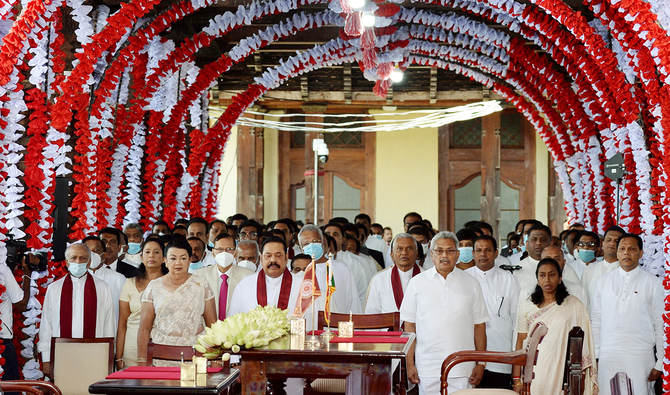
In September, Sri Lanka’s 16th parliament took it’s oaths at the Temple of the Sacred Tooth. The new Cabinet under President Gotabaya Rajapaksa included 28 ministers and 39 state ministers, and included the appointment ofPremalal Jayasekara, a member of the Sri Lanka Podujana Peramuna (SLPP), who was serving a death sentence at the time of his election, as he was found guilty for a murder committed in 2015.
In September, after being cleared to attend parliament, Jayasekara became the first death row inmate to be voted into parliament, an MP-elect and the first to attend parliament while serving a death sentence.
October: The ‘Second Wave’

Five months after the islandwide lockdown was lifted in the country in May, Sri Lanka reported a second wave of COVID-19 in Minuwangoda. This second wave was far more fatal compared to the first half of this year, and increased the number of casualties in the country from 13 to 199 in the space of three months.
However, the government found that it could not afford to implement an islandwide lockdown like before. Instead, it resorted to the isolation and quarantine of the areas in which more people were reported with the virus. This image show an officer at the Colombo Municipal Council undergoing a PCR test.
November: The Lanka Premier League
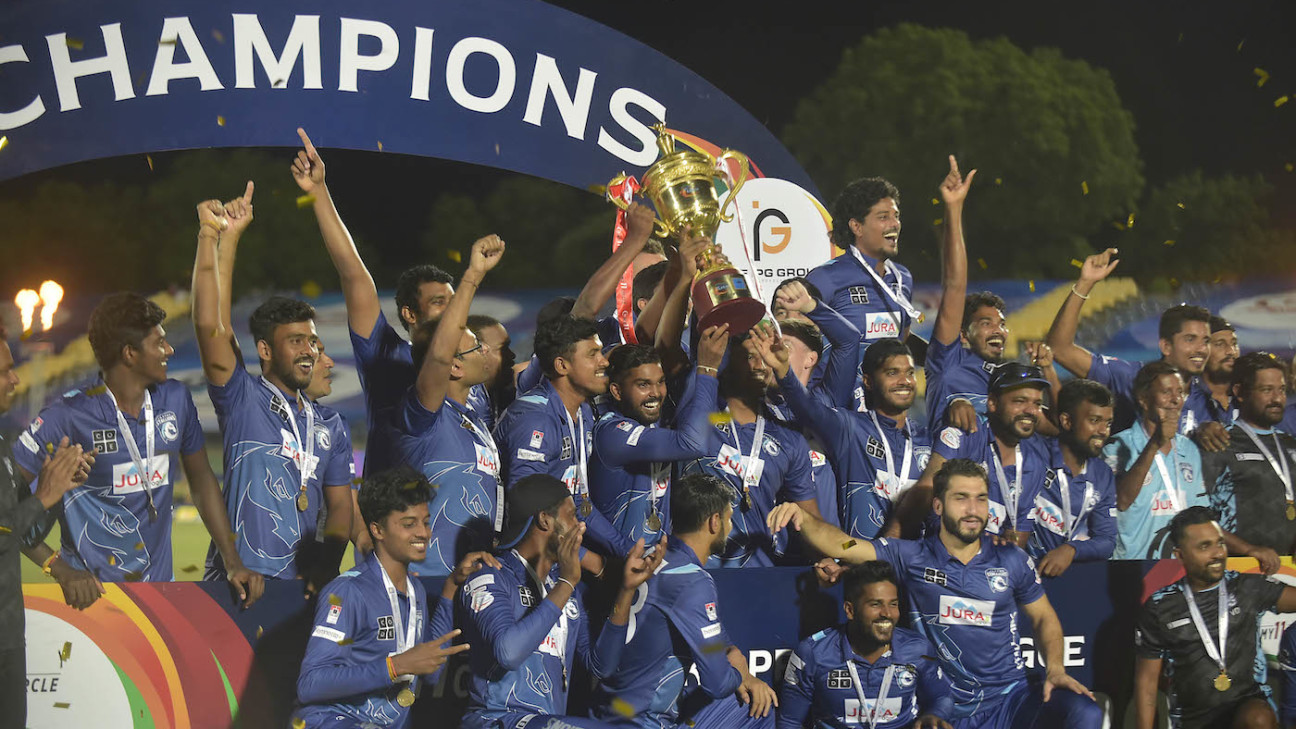
Fan-favourite, the Jaffna Stallions emerged victorious at the finals of the inaugural Lanka Premier League (LPL) that began in November, when skipper Thisara Perera’s team defeated the Galle Gladiators by 53 runs.
The LPL was organised and held despite the ongoing COVID-19 crisis, and the Twenty20 match series was held under strict health guidelines issued by the Ministry of Health. The stringent guidelines included a bio bubble, in which all players and officials had to undergo at least 10 PCR tests throughout the tournament, while five Health Ministry doctors had been assigned to the five teams in case of a COVID-19 emergency.
Meanwhile, fear of the second wave of the COVID-19 virus that was spreading rapidly in the country resulted in a riot at the Mahara Prison, where 11 inmates were killed when law enforcement authorities opened fire at them.
December: A Protest

The government gazetted decree that all those deceased as a result of COVID-19 must be cremated within 24 hours to prevent the spread of the virus has been a sore point with the country’s Muslim minority, against whose religious beliefs cremations are.
The issue, that has been simmering for months, finally culminated with a silent protest in front of the Borella Cemetery, where people of all faiths and ethnicities tied white cloth on the gates to protest forced cremations of COVID19 deceased.
In the foreground of the photograph is a white cloth, while in the background is a coffin being taken from a car to the crematorium.

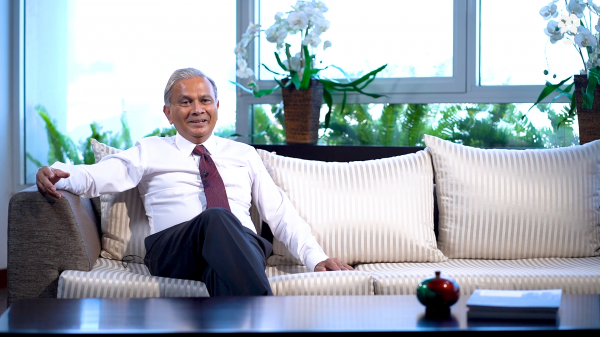
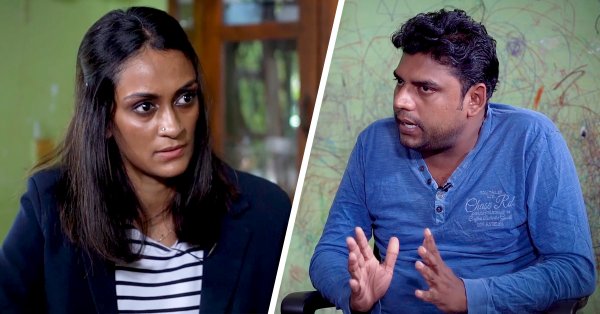
.png?w=600)


